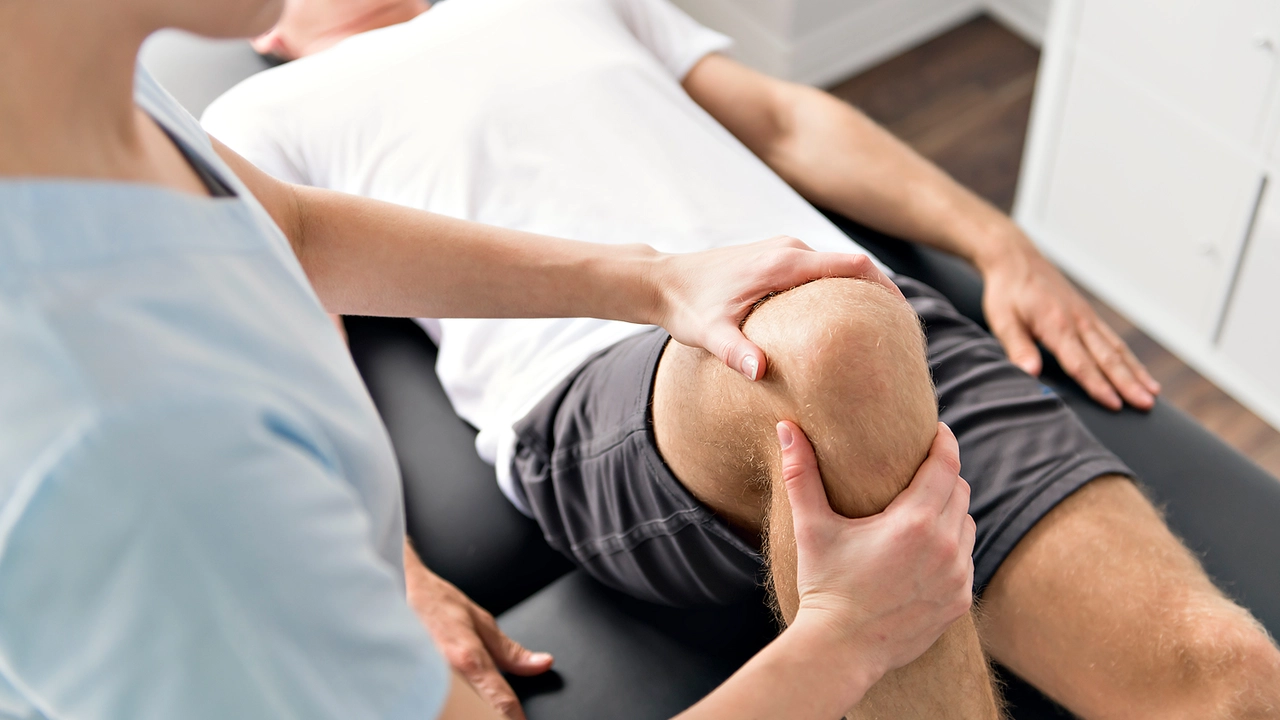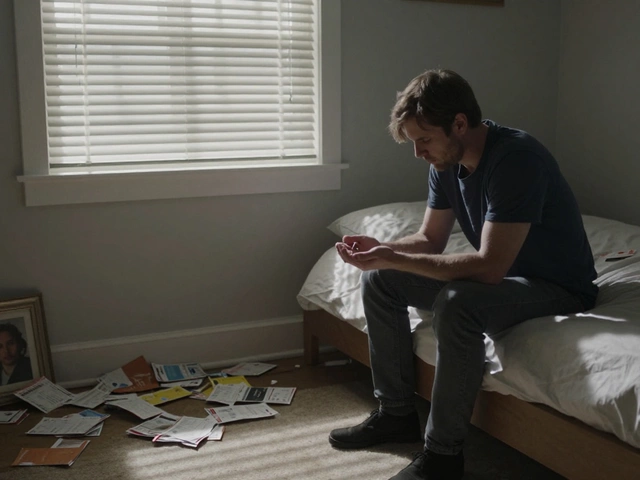Tennis Elbow – What You Need to Know
When dealing with tennis elbow, a painful condition affecting the outer part of the forearm caused by repetitive wrist and arm motion. Also called lateral epicondylitis, it outer elbow pain and can sideline players of any level. The problem usually stems from overuse of the forearm muscles, especially the extensor carpi radialis brevis, which attach to the lateral epicondyle. tennis elbow often shows up after weeks of heavy practice, faulty technique, or equipment that puts extra strain on those muscles. Understanding this link helps you spot the early warning signs before the pain becomes chronic.
How Equipment and Technique Influence Tennis Elbow
One of the biggest contributors is racket string tension, the force applied to the strings when they’re tightened. High tension creates a stiffer string bed, which transfers more shock to the arm on every hit. Players who string their rackets too tight often report elbow soreness after a few sessions. Another key factor is grip size, the circumference of a racket handle measured in inches. A grip that's too small forces the wrist to over‑rotate, while a grip that's too large makes you squeeze harder, both actions tiring the forearm tendons. Coaching advice, like the tips shared in our posts about racket stringing and coaching differences, emphasizes proper technique—using the whole body to generate power instead of relying solely on the arm. When players adjust string tension, select the right grip size, and follow a coach‑guided swing pattern, the load on the forearm drops dramatically, reducing the risk of tennis elbow.
If you already feel the ache, there are practical steps you can take right away. Start with gentle forearm stretches and eccentric strengthening exercises—these target the damaged tendon and have been shown to speed recovery. Ice the affected area for 15 minutes after play, and consider a temporary switch to a softer string or a lower tension setup. Many of our members have found relief by working with a coach who can fine‑tune their swing mechanics and recommend equipment tweaks. Physical therapy, anti‑inflammatory medication, and in stubborn cases, a brief brace during matches can also help. By combining smart equipment choices, solid coaching, and a focused rehab routine, you can get back on court without the constant nag of pain. Below you’ll find a hand‑picked collection of articles that dive deeper into each of these topics—whether you’re curious about racket stringing, grip adjustments, or the best forearm exercises, we’ve got you covered.


